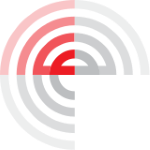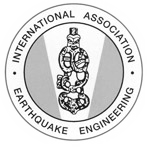Description
In the morning of 22 March 2020 at 5:24 (UTC) a damaging earthquake struck Zagreb, the capital of Croatia. This shallow local magnitude 5,5 earthquake was the strongest instrumentally recorded earthquake in the NW part of Croatia since 1908 when the first seismological station was installed in Zagreb. The strongest aftershock of local magnitude 4,9 happened at 6:01 (UTC) on the same day. Both events were recorded by two strong motion stations in the City of Zagreb, located close to the epicentres (10 km). Time histories of both events are presented in Fig.1.
Corrected values of PGA recorded during the main event were PGAcorr(QARH) = 0,20g and PGAcorr(QUHS) = 0,22g. For the strongest aftershock, corrected values of PGA recorded on these stations were PGAcorr(QARH) = 0,04g and PGAcorr(QUHS) = 0,07g. One of the main tasks was to evaluate this recorded PGA values in the light of the current seismic hazard map of Republic of Croatia compiled in 2011 for return periods of 95 and 475 years [1]. In order to enable the best practice to be included in the new Law for reconstruction of the damaged building stock, seismologists from Department of Geophysics therefore additionally defined soon after the mainshock seismic hazard map for return period of 225 years. Seismic hazard map presents PGA values on the bedrock (ground type A according to [2]), hence influence of local ground conditions on the site of the stations QARH and QUHS had to be taken into account in order to enable comparison with recorded PGA values. Microzonation study was not performed for this part of Zagreb where these two stations are located. However, station QUHS is located very close to the area already covered by microzonation study ([3]) where in its southern part prevalent ground is of type C. Station QARH is located to the south of the river Sava, where deep alluvial deposits are expected. Therefore, it is reasonable to classify ground type on these sites as type C. Values of agR defined by seismic hazard map are almost identical for both locations QARH and QUHS for all three different return periods: agR(95) = 0,12g; agR(225) = 0,18g and agR(475) = 0,25g. Fig. 2 shows elastic response spectra of strong ground motion of the main event recorded on station QUHS, compared to elastic response spectra of type 1 currently used in Croatia ([4]) for assumed ground type C (corresponding soil factor is S = 1,15) and for different return periods (95, 225 and 475 years). In addition, comparison was also made to elastic response spectra of type 2 for assumed ground type C (corresponding soil factor is S = 1,5).
These records provide valuable data for earthquake engineering and engineering seismology and again open the question of whether elastic response spectra of type 2 is more adequate to use.
| Keywords | strong motion record, PGA, response spectra |
|---|---|
| DOI | https://doi.org/10.5592/CO/1CroCEE.2021.248 |







